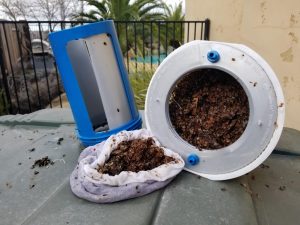Last July, Google opened the doors of the first museum without boundaries, which anyone with access to a browser can attend to. The London-based museum, Chrome Web Lab, displays the possibilities the web has brought upon us by offering 5 experiments: Universal Orchestra, Data Tracer, Sketchbots, Teleporter and Lab Tag Explorer. All are interactive and very fun – it is simply impressive to think that one is able to impact what happens across the world. Anyone can attend, and we can all interact with these experiments as a group.
But what is beautiful about the web (and technology as a whole) is that it is constantly improving. Unlike a regular museum, this web-based museum has to evolve along with the web, and we can be sure the Google team hasn’t been slacking in this project.
Aside from stability and performance improvements, users are now able to enjoy these experiments much more seamlessly. The recent inclusion of the getUserMedia API has allowed for sending images to Sketchbots (sketching machine) by using your computer’s camera, without the need of extra plug-ins. Simply give the browser permission and your picture will be taken and sketched in London; you can then watch the video from wherever you are. And if you are in London, you can even see it happen first-hand.
The team has also improved Universal Orchestra by making it more dynamic, giving it a “new backing track that changes based on a number of factors, including how many people are visiting the Experiment at any given time.” Ultimately, the web lab looks identical, but there are many changes happening backstage, which makes the overall experience better.
I always have fun playing around with the Chrome Web Lab experiments, so if you haven’t yet, go ahead and check them out at www.ChromeWebLab.com. And if you want to learn more about what is going on in the background, Google Developers will be hosting a series of videos giving us all the juicy details! You might want to stay tuned to their page, or check out the first video below.
[Source: Google Chrome Blog]








